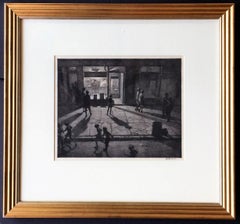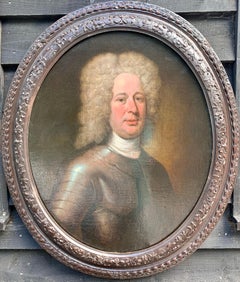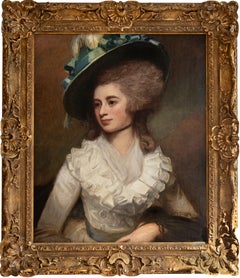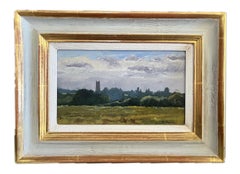Photography Art
Early 2000s Contemporary Color Photography
Photographic Paper, C Print, Color, Silver Gelatin
1930s American Modern Figurative Prints
Drypoint, Etching
2010s Contemporary Figurative Photography
Archival Pigment
Early 1700s Old Masters Portrait Paintings
Canvas, Oil
1970s Old Masters Portrait Paintings
Oil, Canvas
21st Century and Contemporary Contemporary Landscape Paintings
Canvas, Oil
1950s Modern Black and White Photography
Silver Gelatin
Early 20th Century Victorian Figurative Prints
Lithograph
20th Century Prints and Multiples
Lithograph
1920s Portrait Paintings
Oil, Canvas
Early 2000s Contemporary Color Photography
Photographic Paper, Archival Paper
2010s Contemporary Paintings
Acrylic, Canvas, Board
2010s Impressionist Interior Paintings
Oil
Early 2000s Italian School Figurative Paintings
Canvas, Oil
1950s Modern Black and White Photography
Photographic Paper
1990s Pop Art Prints and Multiples
Offset
1890s Prints and Multiples
Etching
2010s Pop Art Figurative Paintings
Wood, Acrylic
1930s Cubist Animal Prints
Paper, Engraving
2010s Contemporary Figurative Paintings
Oil, Wood Panel
2010s Portrait Paintings
Oil
1990s Contemporary Prints and Multiples
Offset
20th Century Post-War Figurative Sculptures
Bronze
1920s Landscape Paintings
Canvas, Oil
1960s Surrealist Prints and Multiples
Lithograph
1960s Abstract Drawings and Watercolor Paintings
Drypoint, Etching
Early 20th Century Portrait Paintings
Oil
1990s Contemporary Photography
Silver Gelatin
1990s Contemporary Nude Photography
Archival Paper, Polaroid
Early 2000s Contemporary Color Photography
Photographic Paper, C Print, Color, Polaroid, Archival Paper
1890s Portrait Paintings
Wood Panel, Oil
19th Century Portrait Drawings and Watercolors
Pastel
1990s Contemporary Portrait Photography
Black and White
1960s Modern Nude Photography
Archival Pigment, Color
Late 19th Century Victorian Portrait Prints
Lithograph
Mid-19th Century English School Portrait Drawings and Watercolors
Watercolor, Paper
2010s Contemporary Figurative Photography
Plexiglass
20th Century Contemporary Black and White Photography
Silver Gelatin
Late 20th Century Impressionist Portrait Paintings
Oil
19th Century Victorian Portrait Paintings
Canvas, Oil
1740s Old Masters Portrait Paintings
Oil
Late 18th Century Old Masters Portrait Paintings
Oil
1970s Modern Figurative Prints
Lithograph
19th Century Realist Figurative Paintings
Paper, Watercolor
20th Century Modern Black and White Photography
Photographic Paper, Black and White, Silver Gelatin
1920s Black and White Photography
Silver Gelatin
21st Century and Contemporary Surrealist Figurative Paintings
Canvas, Oil
21st Century and Contemporary Contemporary Portrait Paintings
Canvas, Mixed Media, Acrylic
2010s Abstract Expressionist Portrait Paintings
Oil, Panel
Late 19th Century Landscape Paintings
Oil, Canvas
21st Century and Contemporary Impressionist Figurative Paintings
Oil
1960s Modern Figurative Photography
Photographic Paper
1960s Modern Figurative Photography
Black and White, Archival Pigment
21st Century and Contemporary Contemporary Figurative Paintings
Canvas, Oil, Acrylic
20th Century Contemporary Black and White Photography
Archival Pigment
21st Century and Contemporary Conceptual Figurative Paintings
Acrylic, Canvas
1980s Contemporary Figurative Prints
Lithograph
Early 20th Century French School Portrait Paintings
Oil, Wood Panel
Mid-20th Century Post-Impressionist Portrait Paintings
Canvas, Oil
21st Century and Contemporary Surrealist Color Photography
Digital Pigment





